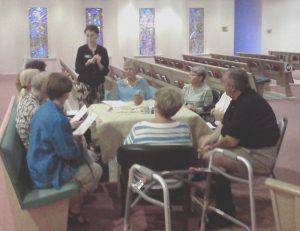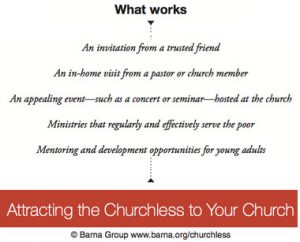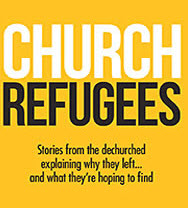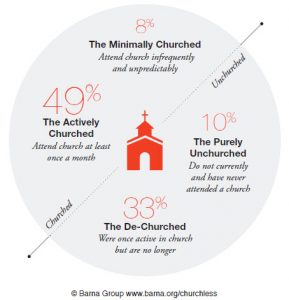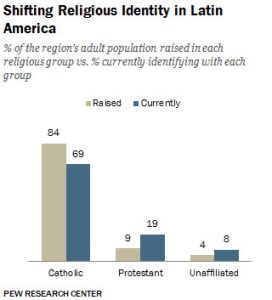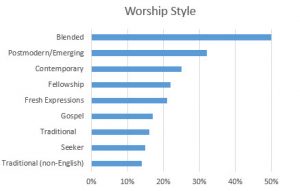According to the number of page visits during this calendar year, the most popular posts I wrote in 2014 are Sensory Maundy Thursday Which Disciple Are You? Pastoral Prayer: Love How Worship is Evolving Sermon: More Than Showing Up So What? As the year winds down I always enjoy reading a variety of top ten lists and other lists sharing top moments, experiences, and posts of the year. Share a link to the most interesting Top 10 or top list of 2014 you have read so far. Which of Read More …
Trends
Religious Symbols on National Flags (#1502)
According to a new Pew Research analysis, a third of the world's countries have national flags that contain religious symbols. The 64 flags with religious imagery can be categorized by religion as follows: Christianity - 31 Islam - 21 Other Religions - 6 Hinduism/Buddhism - 3 Buddhism - 2 Judaism - 1. So What? According to data gathered a few years ago by Pew Research, more than half of the global population are adherents to one of the world's two largest religions: Read More …
Attracting the Churchless (#1500)
Long ago I stopped counting how many times people have asked me what they need to do to help their congregation grow. Thankfully most who ask this of me are not primarily interested in transfer growth (sometimes called "sheep stealing" or more nicely redistribution) that comes when churched people choose to shift their allegiance from their current faith community to a new one. Most of my questioners are genuinely interested in helping their church welcome new people who are Read More …
The McMass Project (#1498)
Almost every day I encounter a religious story that is unusual or simply odd. About once a week I find a religious story that requires time to process. Roughly once a month I encounter a story for which I have no prior frame of reference. This last group tends to linger in my mind, and often leads me to start some interesting conversations. Introducing the Project The McMass project is among the most out there ideas I have encountered this year. When a colleague first Read More …
The Dones are Done (#1496)
Last week I wrote that the de-churched (those once involved in church who have stopped participating) not only account for 1 out of every 3 American adults, but are also the fastest growing group. Soon after posting those thoughts, I encountered a rather discouraging word to categorize a significant portion of the de-churched: "dones." Thom Shultz, founder of Group Publishing and Lifetree Cafe, recently reflected on sociologist Josh Packard's talk about the "dones" at Group's Future Read More …
Immigration Questions (#1494)
After six years of back and forth about immigration and over 500 days after the Senate passed a bipartisan immigration bill, President Obama announced his broad executive action designed to provide temporary protection for 5 million undocumented immigrants that will ensure they are not deported. The impacted immigrants will still need to wait on Congress to take action to provide a pathway to citizenship or another permanent opportunity to remain in the United States. In last Read More …
1 in 3 Americans are De-Churched (#1493)
Churchlessness has been on the rise in American for quite some time growing from 30% during the 1990s to 33% during the 2000s before reaching 43% in 2014. These statistics appear as a part of an infographic on the first page of Churchless: Understanding Today's Unchurched and How to Connect with Them (2014) by the Barna Group with George Barna and David Kinnaman as general editors. That same graphic continues with the image at right, breaking both the churched and unchurched Read More …
Changes in Christian Affiliation in Latin America (#1492)
Last week the Pew Research Center released findings from their recent survey examining religious affiliations, beliefs and practices in 18 countries and one U.S. territory (Puerto Rico) across Latin America and the Caribbean. While this region of the world is home to over 400 million Catholics (nearly 40% of the global total) and despite the popularity of the first Latin American Pope, affiliation with Catholicism is declining rapidly. Dramatic Decline From the 1900s through the Read More …
Worship: Mainline Church Planting Trends (#1490)
The Ecumenical Partners in Outreach collaborated with the Center for Progressive Renewal to conduct the largest study (so far this century) of church planting activities in the major mainline churches of the US and Canada. A 12 page summary of findings, available online free of charge, highlights eight key insights. Insight #7 Worship Matters (p.11) Time spent on worship relates strongly to growth, at least among traditional and new immigrant churches. Among alternative churches trying Read More …
Christian Belief in a Personal God (#1489)
Tobin Grant recently wrote an insightful article calling attention to the fact that just because American Christians believe in God does not mean that they believe in is a personal God. Using data from the 2007 Religious Landscape Survey Grant provides graphical representations of what percentage of American Christians in each of 43 religious traditions believe in God followed by another illustrating what percentage of these believe in a personal God. Focusing on belief in a personal God Read More …
